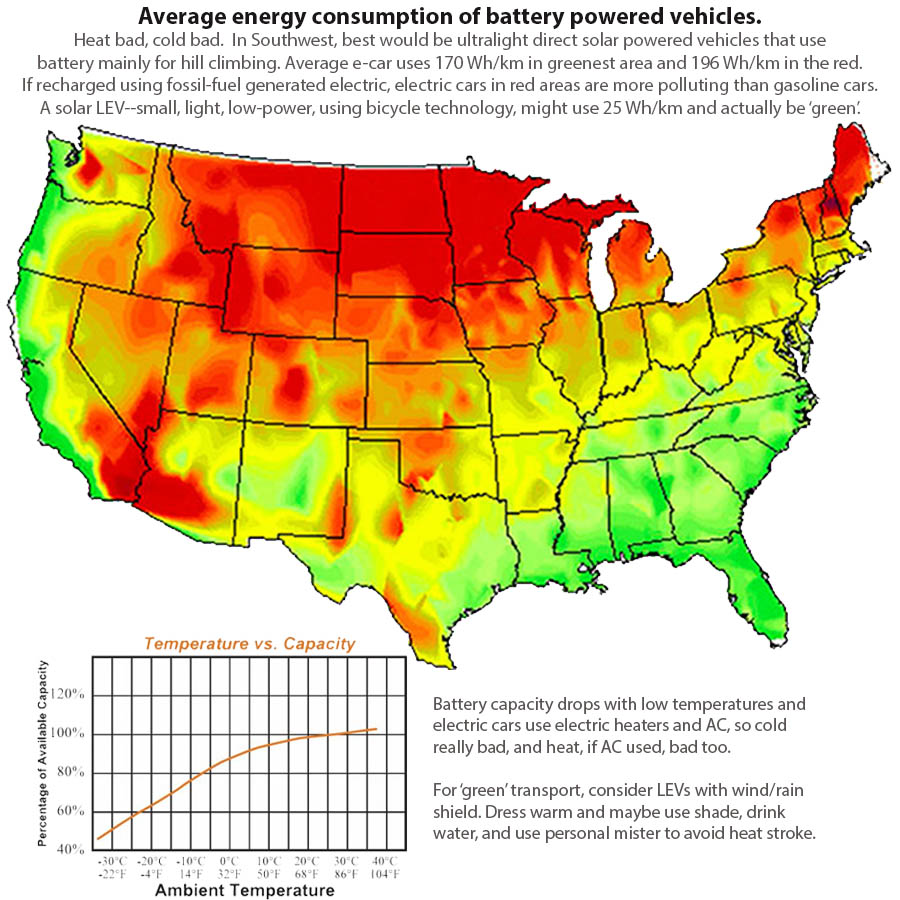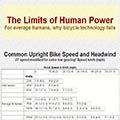
Car2
A 2nd Car Alternative
 The 20th century witnessed the rise and prevailing dominance, with no apparent end in sight (to most), of the automobile. Cowboys came to ride the range in their Ford V8. Family outings involved piling into the car. Personal mobility in industrial societies became car centric. Getting a car became a rite of passage. Fueled by cheap gas, most adults wanted their own, and they who wanted, got a car even if it meant going broke or stealing one. Soon life without a car at one's disposal seemed unthinkable. Hot rodding became akin to the meaning of life. The auto industry profits were used to fuel the demand and the dependency. Thus a Car Culture developed and became global.
The 20th century witnessed the rise and prevailing dominance, with no apparent end in sight (to most), of the automobile. Cowboys came to ride the range in their Ford V8. Family outings involved piling into the car. Personal mobility in industrial societies became car centric. Getting a car became a rite of passage. Fueled by cheap gas, most adults wanted their own, and they who wanted, got a car even if it meant going broke or stealing one. Soon life without a car at one's disposal seemed unthinkable. Hot rodding became akin to the meaning of life. The auto industry profits were used to fuel the demand and the dependency. Thus a Car Culture developed and became global.
 Much of life in the 21st century remains dependent on having a car. It is possible to do without, to use public transport, to walk, to ride a bicycle, but those who do rarely do so by choice and are viewed as suspect by the car endowed. Those choosing to go carless are still numbered among the apostates. To advocate for a carless life is akin to advocating for a sexless one. No matter how cogent the arguments may be, suggesting that people just say no to cars is a tough sell. To advocate for one car being enough, however, is akin to advocating that one wife or one husband is enough. A proposal that may merit consideration.
Much of life in the 21st century remains dependent on having a car. It is possible to do without, to use public transport, to walk, to ride a bicycle, but those who do rarely do so by choice and are viewed as suspect by the car endowed. Those choosing to go carless are still numbered among the apostates. To advocate for a carless life is akin to advocating for a sexless one. No matter how cogent the arguments may be, suggesting that people just say no to cars is a tough sell. To advocate for one car being enough, however, is akin to advocating that one wife or one husband is enough. A proposal that may merit consideration.
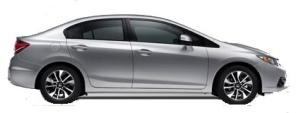 The One and Only CAR
The One and Only CAR
The one car family may seem anachronistic, like single car garages, but having only one is thinkable, doable, and may even be sensible. If having one car will keep you broke (as many discover the hard way), is having two or more cars a need? Or is it a want? Is it important to know the difference? Moderating needs may be challenging, but moderating wants is divine.
 The average car weighs 2 tons and is used for trips under three miles 40% of the time. That a car well serves many a family's need for transportation qua family, is obvious. That cars are needed to transport individuals is not. Cars, some 80% of the time, are used to move one person about at significant personal, societal, and environmental cost. Cars are so over-powered that many can tow 'small' 1,500 lb GVW trailers. Honda Civics have a 1,500 lb tow capacity. The trailer can be thought of as a detachable pickup bed. For doing the heavy lifting, cars have a place. For Car1 (when needed), consider a relatively efficent offering and using it as the high-power vehicle it is (as needed).
The average car weighs 2 tons and is used for trips under three miles 40% of the time. That a car well serves many a family's need for transportation qua family, is obvious. That cars are needed to transport individuals is not. Cars, some 80% of the time, are used to move one person about at significant personal, societal, and environmental cost. Cars are so over-powered that many can tow 'small' 1,500 lb GVW trailers. Honda Civics have a 1,500 lb tow capacity. The trailer can be thought of as a detachable pickup bed. For doing the heavy lifting, cars have a place. For Car1 (when needed), consider a relatively efficent offering and using it as the high-power vehicle it is (as needed).
Despite all the advantages car enthusiasts can enumerate, deaths and injuries resulting from motor vehicle crashes are the leading cause of death for people from age 3 through 34 (in USA). Cars account for nearly 95 percent of transportation-related fatalities. In 2008, there were about 5,811,000 police-reported traffic collisions in the USA, in which 37,261 people were killed and 2,346,000 people were injured leaving 3,427,000 crashes involving only property damage.
But such carnage is insignificant compared to the harm done to the public health through the aiding and abetting of activity intolerance. About 70% of Americans are overweight, 36% are clinically obese, while 18% of the children are obese (but another 18% or more are likely to become obese if business as usual continues). Directly (or indirectly for those over 34), cars are the leading cause of death for those over 3 years of age: period. Americans are paying for their high-powered ways, both in lost health/longevity and in the pocketbook when it comes time to pay the billions in increased health care costs. The planet is also complaining about the loses it is incurring.
Even if Google driven cars come to eliminate traffic collisions, the greater cost of self-imposed and cultivated inactivity will remain. The only alternative to inactivity is activity, and a reasonable, evidence-based healthy activity level can be defined as taking about 10,000 steps over the course of a day. Depending on length of stride, that's equivalent to walking four to five miles or being moderately active for two hours a day. Moderate, yes, but many fall short of a two hour activity minimum (exceed a 22 hour inactivity maximum). To find out where you stand, wear a pedometer. If it says 10K plus steps at end of day, you're 'active'. If less, consider upping your activity level.
Think of doing something that is minimally active for two hours total each day. Failure to be active has unpleasant and costly consequences. Walking is not the only way to be active. Bicycling also counts. If walking can get you to were you need to be, then walk. To go four times further (and faster) using the same effort as walking, consider bicycle technology. The International Human Power Vehicle Association sees vehicles based on bicycle technology as the answer to life, the universe, and everything (almost). But human-power on average is severely limited and human only powered vehicles fail to meet average human transportation needs. Human-powered vehicles are practical for those who can put out 150 watts of power for an hour or more, but most people cannot. Those who are already 'active' don't need to peddle, and of the rest, many cannot crank out 150 watts for more than a few minutes. Yet it is the activity impaired who most need to walk or peddle (or swim, climb trees.....). Technology should enable, not disable people.
We have the technology to meet much of our transportation needs within reason instead of beyond what is sensible. Bicycle technology is the most efficient form of land transportation ever devised. If the vast numbers of the unfit cannot effectively peddle far, then small, quiet electric motors can be used to enable those who may only be able to output 30 watts a means of producing the required 150 watts of power (30W human + 120W from motor). Over time the 30 watt person will become a 40 watt person, then a 50 watt one. Most will loose weight, grow healthier, and some will join the ranks of fit humans who may not need an electric assist motor (still, many 'fit' humans cannot output 150W for very long, so some assist is useful, and at times maybe essential).
Bicycle assist engines have been around for a long time. The Sears Catalog once offered gasoline powered two-stroke motors. Today such gasoline engines are still available and favored by those who have lost their driver's license due to repeat DUI offenses. Some cities ban such noisy contraptions from bicycle paths. Silent, non-geared hub motors, however, fit in with human-powered bicycles provided they are not over powered such that little old ladies can blow past spandex clad athletes while not pedaling. Pedelec motors are more appropriate as they require human-power input which is then matched at a required level. Pedal at 50 watts and the motor could provide 300% more power, three times the human input power (for a 200W total—providing a very fit but sub-athelete level of power), thereby making the vehicle functional while the human is still meeting their activity requirement. If a person's activity tolerance is exceeded, a throttle can be used to keep on going. The throttle does allow a person to cheat on themselves, but sensible humans will not do so and the unsensible will not consider any car alternatives.
Car Alternatives
 The most avant-garde, the cutting edge, the Greener-than-thou sometimes think they are thinking outside the box by considering an alternative power source for their car(s). They happily drop $70K on a Tesla that looks like all the other ticky-tacky on the road to get the promised “crazy speed” that “pulls back the edges of your face.” But going electric or hybrid or fuel-cell or super-capacitor or hydrogen or nuclear or warp drive, is to consider alternative power, power, and more power, which is not alternative to business as usual. And business has a vested interest in convincing people that more is better, and people are eating the chum and paying the price in more ways than ten.
The most avant-garde, the cutting edge, the Greener-than-thou sometimes think they are thinking outside the box by considering an alternative power source for their car(s). They happily drop $70K on a Tesla that looks like all the other ticky-tacky on the road to get the promised “crazy speed” that “pulls back the edges of your face.” But going electric or hybrid or fuel-cell or super-capacitor or hydrogen or nuclear or warp drive, is to consider alternative power, power, and more power, which is not alternative to business as usual. And business has a vested interest in convincing people that more is better, and people are eating the chum and paying the price in more ways than ten.
Going by horse would be a car alternative. As would using public transport, walking, or biking. Motorcycles offer fewer wheels, but are variations on the same high-power theme. The alternative to high-power (and the many costs incurred) is low-power, as in Low-Power Vehicles (LPVs) or Light Electric Vehicles (LEVs) based on bicycle technology. Heavy cars may zip around the urban landscape at twice the LPV speed using just a thousand times the energy. And on the freeway cars can go three to six times faster at vastly greater expense. The average car, costing $31K new, comes with a 165,000 watt motor that is 15 - 20% efficient (for some bigger bucks get an American made Hennessey Venom GT, with seating for two, having 928,000 watts of screaming power).
LPVs range from 200 to 750 watts (the legal ones) at 70 - 85% efficiency, and on average cost $3.6K. The average car can generate ten times the amount of energy it needs to go on flat land presumably to spare the driver the indignity of having to downshift on steep grades. LPVs tend to have more gears and to use them, hence their low power requirements and lower speed climbing hills. Do LPVs have less power than high-power ones? Yes. A fatal criticism? No.
Car2
So let's look at bicycle technology, which includes but is not limited to two-wheeled vehicles. How do you wish to be accommodated derrière wise? Let us count the ways:

Enough said.
Next, two or more wheels....so a two, three, or more wheeled recumbent?
Two wheeled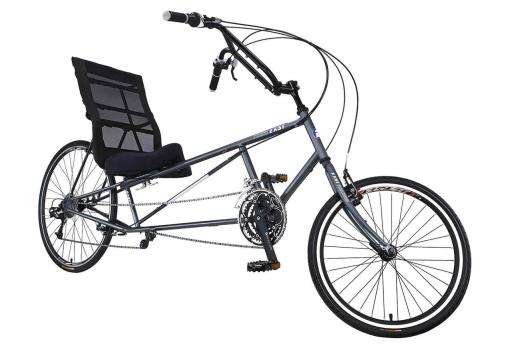 |
Three wheeled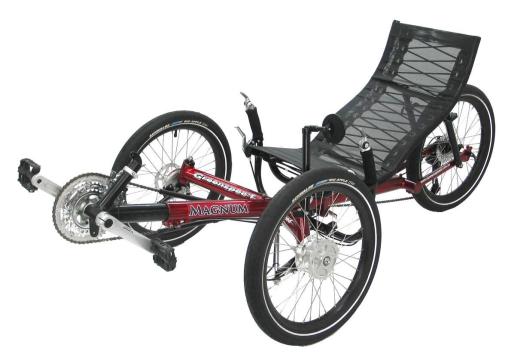 |
Four wheeled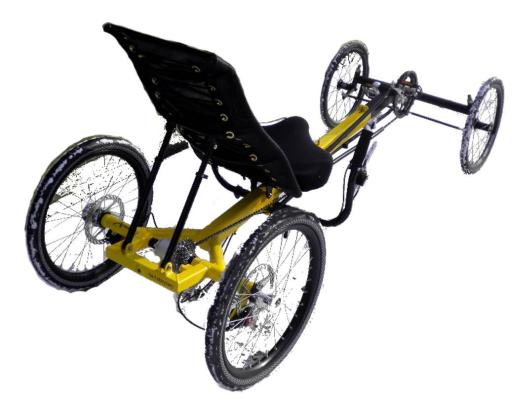 |
More wheeled
|
Three wheels are enough for stability and four wheels may not legally qualify as a 'bicycle'. Two wheels may balance on a kickstand, but are more apt to fall over whether a person is sitting on them or not. They may be slightly faster, can follow narrow paths, but for practical use, three is stable and four wheels may be more than needed. Trikes with two wheels up front are called Tadpoles, while those with two in back are Deltas. Hooking two Deltas together creates a tandem and putting the front wheel back on the back one creates two Deltas. A slick trick maximizing versatility.
To take the middle ground, start with a Tadpole trike.
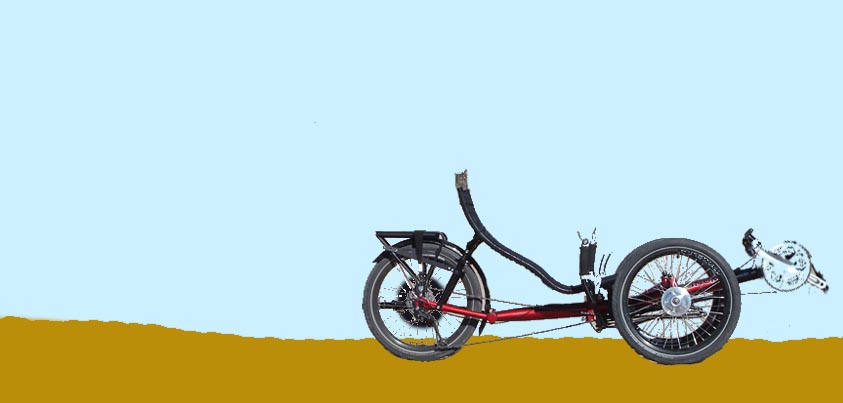
When you walk, you have to push the air before you out of the way. On a bike going 15 mph, it takes 350 times more energy to push the air aside than when walking, and pushing air is what most of your peddle power is doing on level ground. Recumbent trikes are more laid back and pushing air takes about half the effort, but the effort is still quite noticeable. Adding a partial fairing helps noticeably.
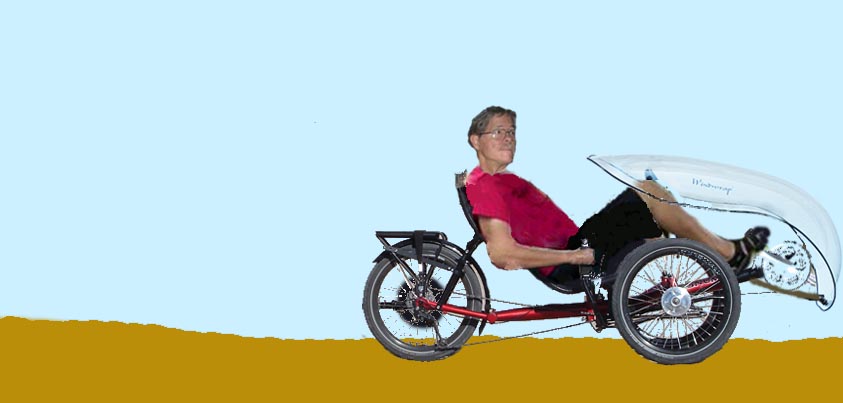
Some aerodynamic gain is good, but for practical purposes weather protection is better. To not be buffeted by a cold wind in winter lessens the chill factor wonderfully. In the summer, a fairing cover provides needed shade. Most rain is shed from the lower body, so only upper body rain gear is needed.
For better weather protection and even better aerodynamics, a body sock made of stretch fabric velcroed on could be added.
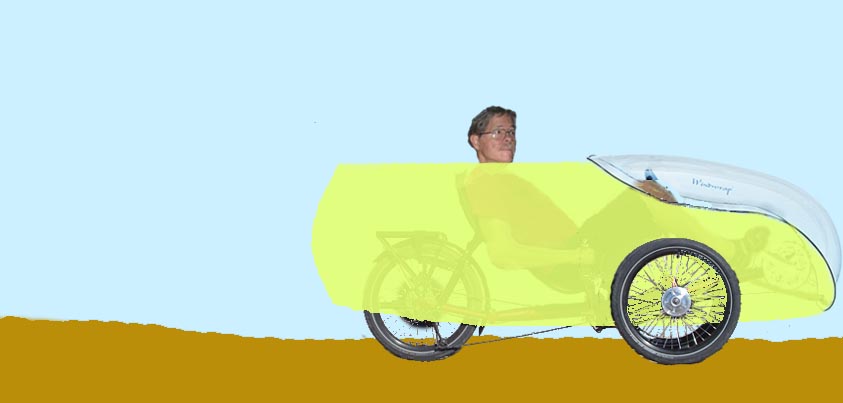
If you want to go further than the next plug or want to pull the plug on fossil fuels, go solar. Add one to four 100 watt panels depending on needs.
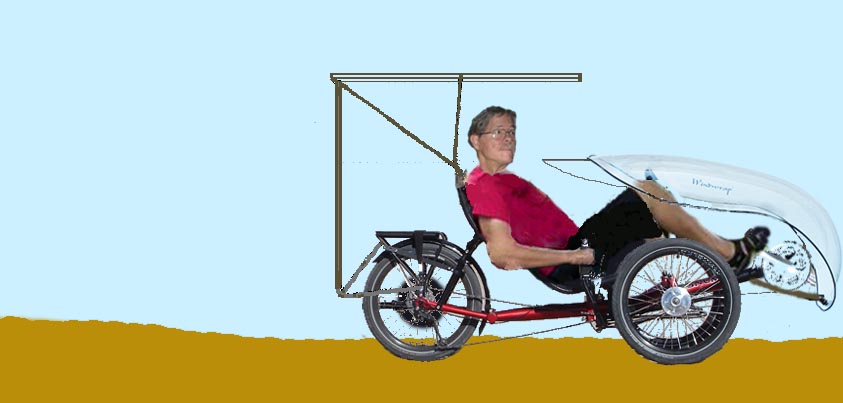
The panel above leaves the rider made in the shade. In travel mode, a second panel tucks under the upper panel.
The fairing is flexible and folds forward (not as shown). With body sock, Khartu emerges.
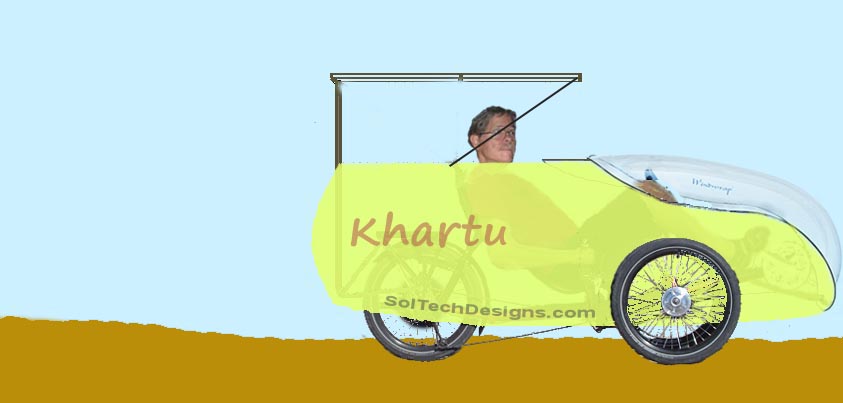
If there is no strong cross-wind, the second panel can be extended forward so that in travel mode all the panels are exposed to the sun and the rider is less exposed to the noon-day sun.
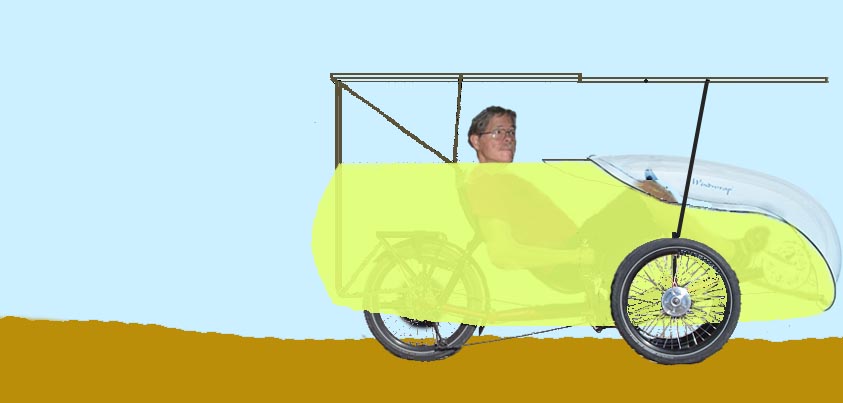
Although there is much room for carrying cargo on the rear rack, sometimes more cargo carrying capacity is needed.
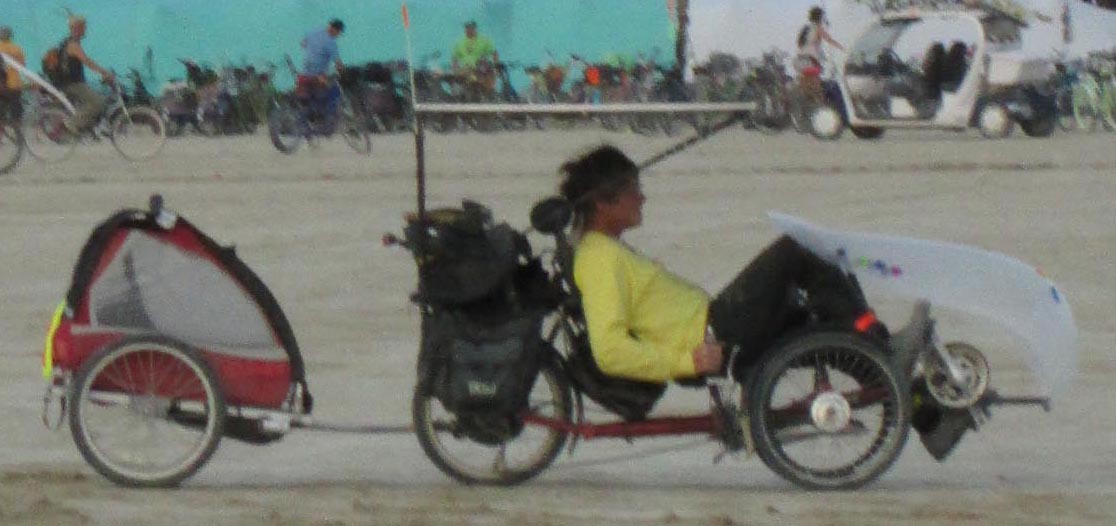
The trailer, as it was designed to, could haul two small kids (too small to ride their own bike), or a big dog, or up to 100 lbs of stuff, and could carry more solar panels, and for touring would need to. The capacity is about the same as a car trunk, so think of it as a detachable trunk (Khartrunc). Thus something like Khartu could be a Swiss Army Knife of a practical second car alternative, and many more designs are possible.
Four finger bolts hold the fairing on, which rolls up when off. One pin attaches the trailer which also can fold up. The panels are easily removed, and the trike itself folds in half. A press of a button removes the front wheels. With human-power and a 250W to 500W motor (battery included), follow any road, paved or not—gaily bedight, a gallant dame (or knight), in sunshine and in shadow.
For touring, several configuragtions should be considered: Solar e-Trike Touring.

